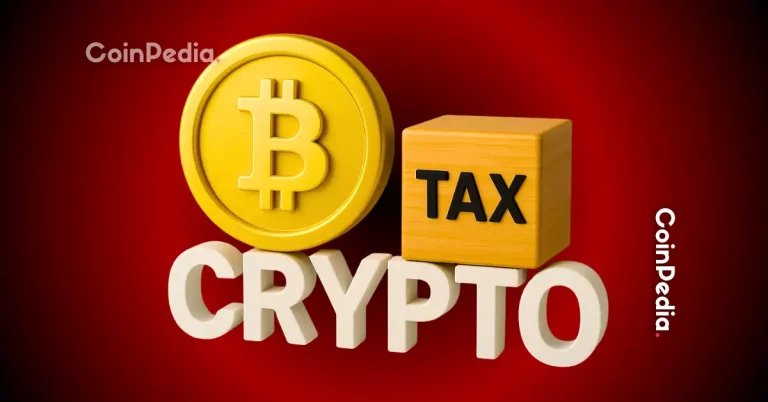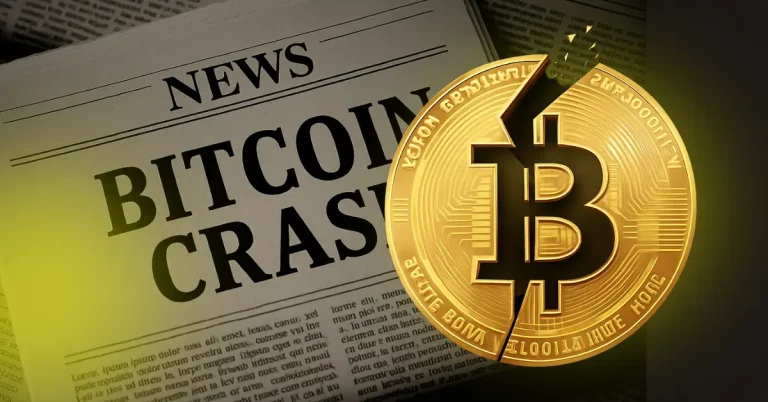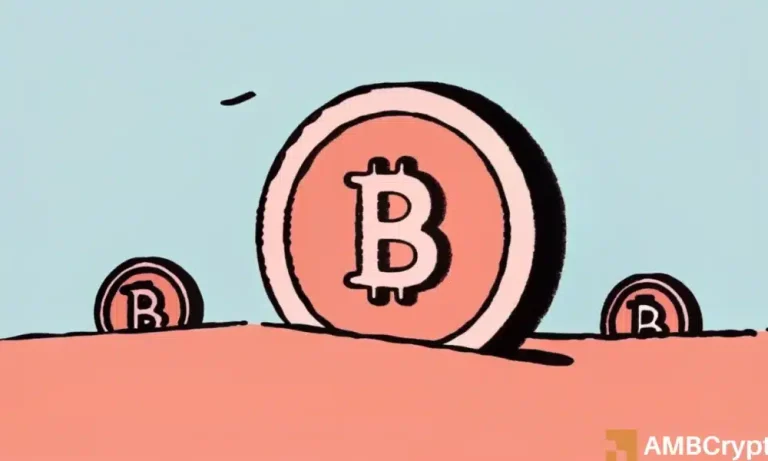BlackRock’s recent milestone in the cryptocurrency market has stirred significant conversations among investors and crypto enthusiasts alike. Through its iShares Bitcoin Trust (IBIT), BlackRock has quietly accumulated over 3% of Bitcoin’s total supply—an achievement that underscores the increasing institutional interest in digital assets.
BlackRock: The New Giant of Bitcoin
Since the launch of IBIT on January 11, 2024, the exchange-traded fund (ETF) has become the fastest-growing ETF in history. By June 2025, BlackRock had amassed an impressive 662,500 BTC, equating to $72.4 billion at today’s prices. To put this into perspective, it took SPDR Gold Shares (GLD) over 1,600 trading days to reach $70 billion in assets under management; IBIT accomplished this feat in just 341 days.
Such rapid growth highlights the paradigm shift among institutional investors, who are increasingly viewing Bitcoin as a legitimate component of a diversified portfolio. BlackRock’s holdings now surpass those of many cryptocurrency exchanges and major corporate investors.
Why BlackRock Is Betting on Bitcoin
BlackRock’s approach to Bitcoin is deeply strategic. According to the asset manager, Bitcoin offers unique risk-return characteristics that differentiate it from traditional financial assets:
- Volatility as an opportunity: While Bitcoin’s price fluctuations may seem daunting, BlackRock frames it as a tradeoff for the asset’s potential upside.
- Monetary evolution: BlackRock views Bitcoin as a long-term play on the evolution of money and digital asset infrastructure.
- Portfolio diversification: By allocating 1–2% of institutional-scale portfolios to Bitcoin, BlackRock offers a strategy to normalize exposure while minimizing risk.
Additionally, IBIT’s structure allows investors to gain exposure to Bitcoin without the technical complexities of wallets, seed phrases, and gas fees. In this sense, BlackRock bridges the gap between traditional finance and cryptocurrency.
Does BlackRock’s Bitcoin Build-Up Signal Centralization?
Despite the decentralized nature of Bitcoin, BlackRock’s significant holdings raise questions about centralization. With over 3% of Bitcoin’s limited supply now in institutional hands, critics argue that this concentration may conflict with Bitcoin’s original ethos.
However, others see the involvement of major players like BlackRock as a necessary step toward mainstream adoption. ETFs like IBIT make Bitcoin more accessible to retail and institutional investors, fostering broader participation while ensuring regulatory compliance.
Regulatory Challenges and the Future of Institutional Crypto Adoption
The success of IBIT was made possible by the US SEC’s landmark decision to approve spot Bitcoin ETFs in early 2024. However, the broader regulatory environment remains inconsistent for other cryptocurrencies. Unlike Bitcoin, assets like Ethereum and Solana still face unclear classifications by regulatory bodies.
For the cryptocurrency market to fully mature, a globally aligned regulatory framework is essential. While Bitcoin enjoys a relatively straightforward path, the growth of altcoin ETFs and DeFi-linked products will depend on improved regulatory clarity.
How Investors Can Enter the Bitcoin Game
Retail investors who are intrigued by Bitcoin but hesitant to navigate the complexities of self-custody can now consider ETFs like the iShares Bitcoin Trust. If you’re looking for a simpler way to gain exposure, products like BlackRock’s IBIT offer a user-friendly and regulated approach to investing in Bitcoin.
Interested in exploring Bitcoin’s potential? Start with a small allocation that fits within your diversification strategy, just as BlackRock suggests.
Final Thoughts
BlackRock’s strategic Bitcoin accumulation via IBIT represents a monumental shift in how institutional investors perceive cryptocurrency. Its commitment to integrating Bitcoin into traditional investment portfolios not only legitimizes the asset class but also paves the way for broader adoption. With institutional capital flowing in, the future of Bitcoin looks more promising—and interconnected with traditional finance—than ever before.



